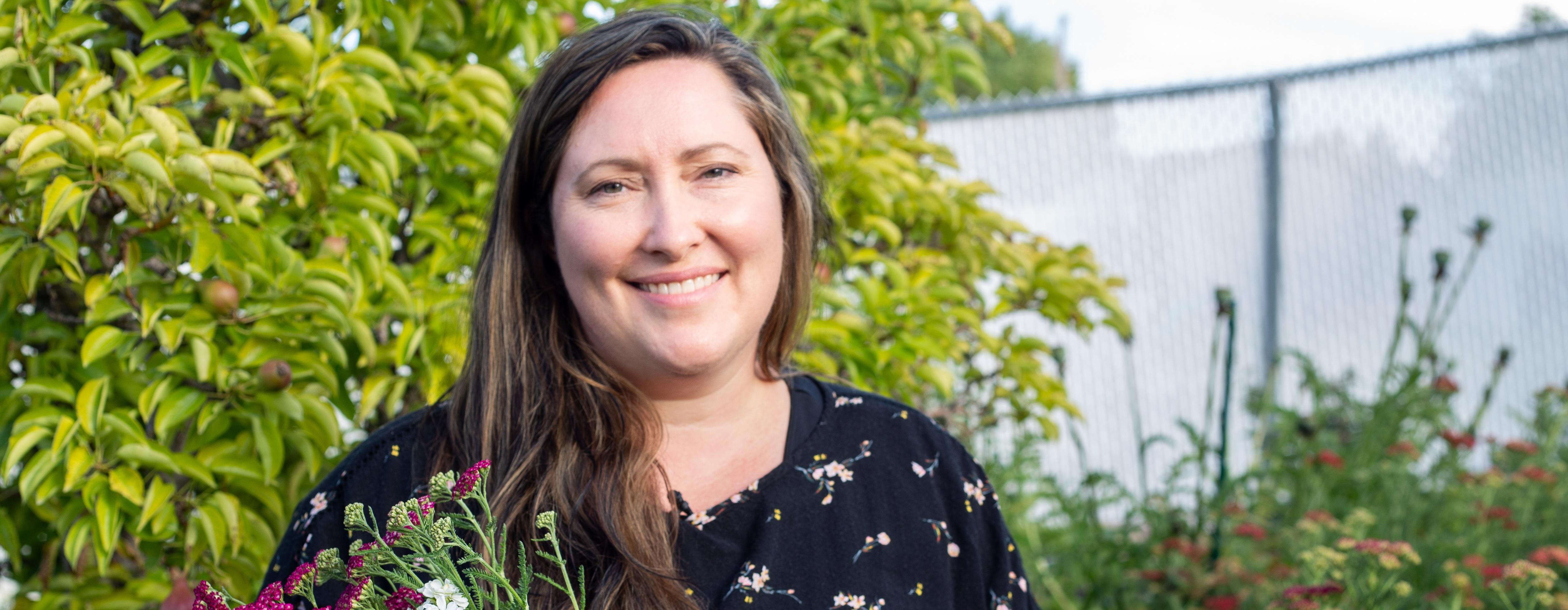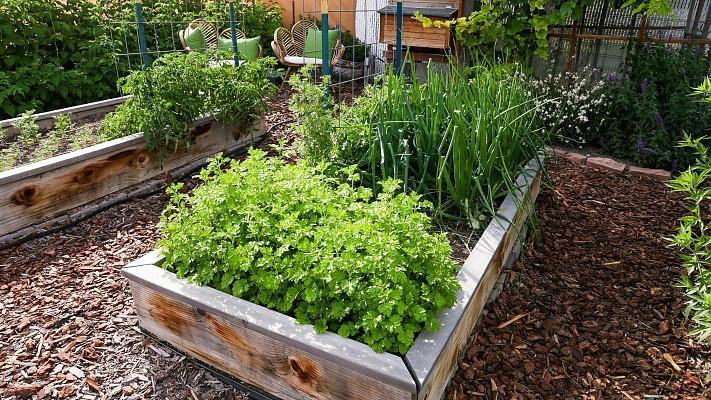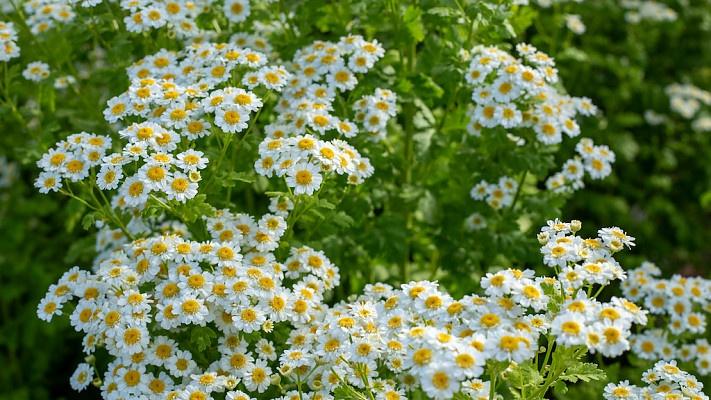From Veggies To Flowers
Fawn grew up in California and has loved gardens and gardening since she was little. She started gardening by growing veggies for her kids. As she planned her veggie gardens she admired potager-style gardens that had flowers incorporated among the vegetables. It gave her an idea to start growing flowers of her own. She thought it would be fun to start a cutting garden full of flowers that could be taken inside, or given to friends and neighbors.
After moving to Utah, she missed being able to buy flowers at the farmer’s market, like she could in California. As she continued growing cut flowers, she decided that she would become the person to sell flowers at her local farmers market. That's when she started Sego Lily Flower Farm, in 2017.
Fawn sells her flowers at the Daybreak and South Jordan farmers markets this year. She is also the co-founder of the Utah Cut Flower Farm Association, with Heather Griffiths from Wasatch Blooms, an organization they started last year because of the growing interest in flower farming in Utah.
Video: Cut Flower Gardening For Beginners








